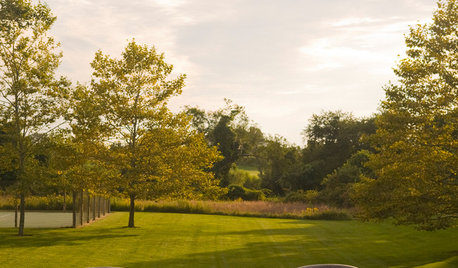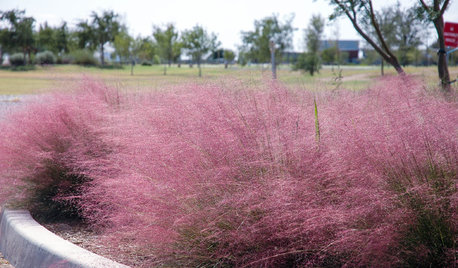Ginkgo root pruning question
hald
13 years ago
Related Stories

WINTER GARDENINGPruning Secrets for Exquisite Roses
Encourage gorgeous blooms year after year with this time-tested advice on how to prune your rosebush in winter for health and shape
Full Story
FEEL-GOOD HOMEThe Question That Can Make You Love Your Home More
Change your relationship with your house for the better by focusing on the answer to something designers often ask
Full Story
GARDENING GUIDESHow to Keep Your Trees Healthy
Ensure your trees’ vigor for years to come with these tips for protecting roots, watering effectively and more
Full Story
LANDSCAPE DESIGNHouse, Meet Landscape: How Integrated Gardens Came to Be
Trace the roots of union between home and the great wild to get ideas for merging the two on your own homesite
Full Story
FALL GARDENINGMake This Fall’s Garden the Best Ever
Learn the most important tip for preventing buyer’s remorse, plus get more valuable buying and planting advice
Full Story
FALL GARDENING6 Trees You'll Fall For
Don’t put down that spade! Autumn is the perfect time for planting these trees
Full Story
GARDENING GUIDESDesigning With Conifers: Find the Perfect Fit for Your Landscape
Conifers range from fairy-garden size to 70 feet tall. Here’s how to decifer the plant tag for the perfect long-term fit in your garden
Full Story
EDIBLE GARDENSHow to Grow Your Own Peaches and Nectarines
Make gardening a little sweeter with these juicy fruits, which you can eat after plucking or preserve for later
Full Story
NATIVE PLANTS10 Top Plants Native to the Desert Southwest
Get a thriving garden despite unforgiving conditions with these tough, unthirsty, sun-loving beauties
Full Story
LANDSCAPE DESIGNPretty Trees for Patios, Paths and Other Tight Spots
Choose trees for their size, shape and rate of growth — or shape them to fit your space. Here's how to get started
Full Story







gardningrandma
brandon7 TN_zone7
Related Professionals
Citrus Heights Landscape Architects & Landscape Designers · Glassmanor Landscape Architects & Landscape Designers · Harvey Landscape Architects & Landscape Designers · Hampton Bays Landscape Contractors · Mercedes Landscape Contractors · Paramus Landscape Contractors · South Hackensack Landscape Contractors · Tinton Falls Landscape Contractors · Annapolis Siding & Exteriors · Baltimore Siding & Exteriors · Colorado Springs Siding & Exteriors · Longmont Siding & Exteriors · Pittsburgh Decks, Patios & Outdoor Enclosures · Renton Decks, Patios & Outdoor Enclosures · Universal City Decks, Patios & Outdoor Enclosuresrhizo_1 (North AL) zone 7
brandon7 TN_zone7
arktrees
ken_adrian Adrian MI cold Z5
brandon7 TN_zone7
haldOriginal Author
IpmMan
drrich2